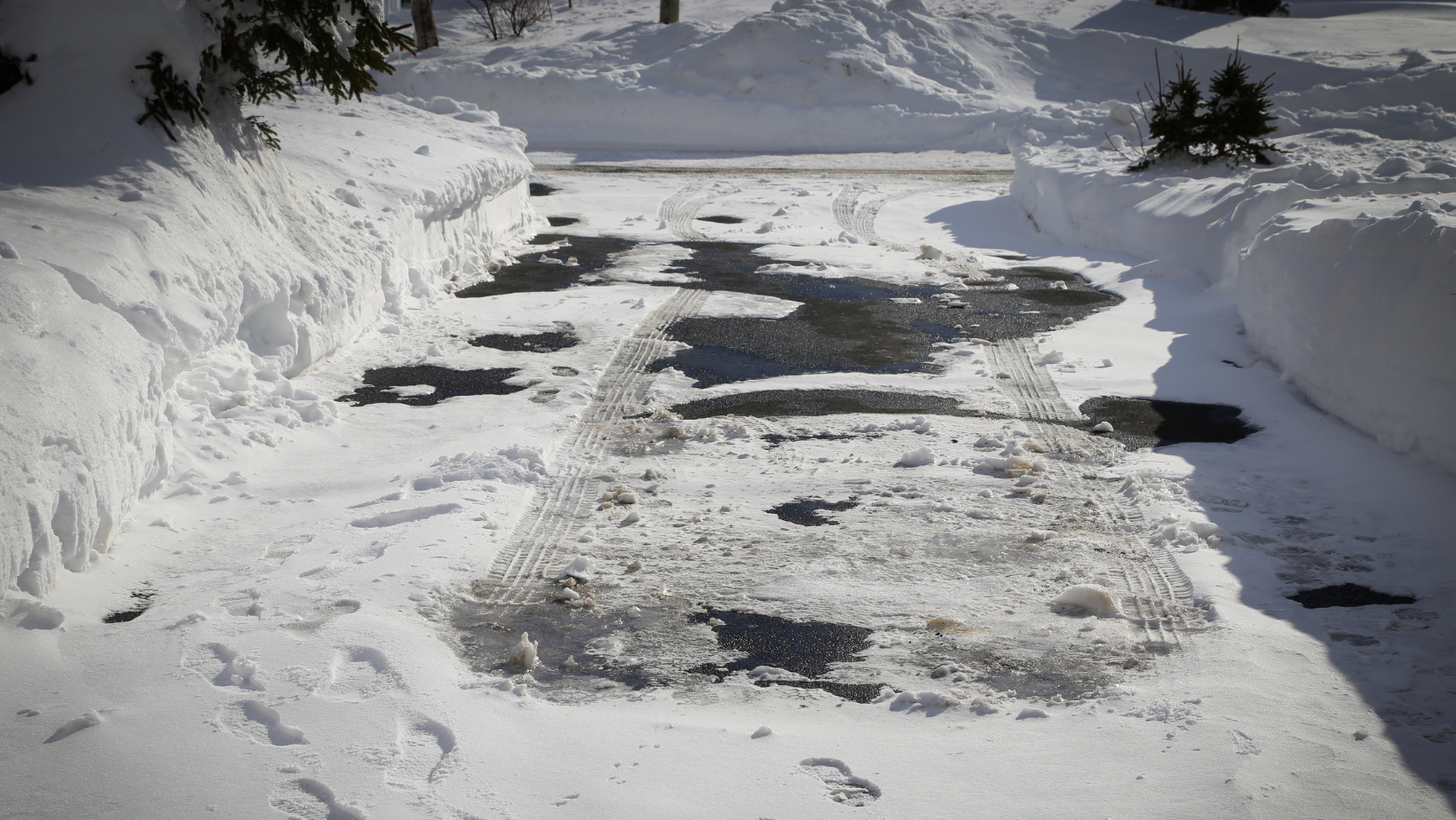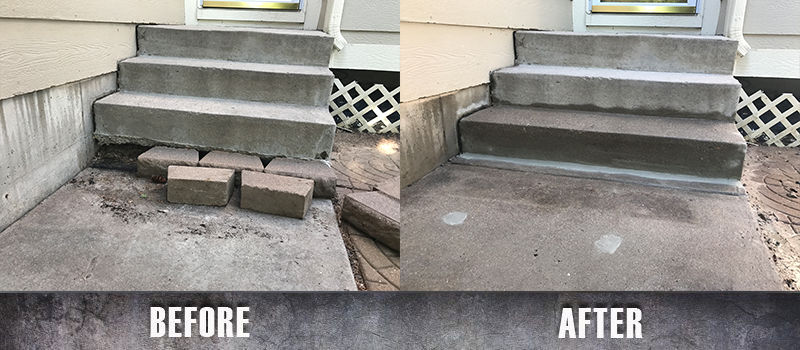A messed-up slab of concrete on your property can be a major pain in the rear. Cracked, raised, and sunken portions of concrete can look bad and create a tripping or rolled ankle hazard for anyone visiting your home, including you. Luckily, you don’t have to tear up your concrete and replace it every time there’s an issue; you can try mudjacking instead.
Mudjacking is the process of filling the voids underneath the compromised concrete, raising it back to proper levels and leaving your driveway or sidewalk in excellent condition. The voids below your concrete are what create the issue, and mudjacking fills those voids, but how do mudjackers know what they’re up against since much of their work takes place below your concrete? Let’s learn how mudjacking companies find voids, so they know the proper way to fill them.
Here’s How to Fill a Void Under a Concrete Driveway
There’s no such thing as x-ray vision yet, but there is one tool that might as well work as an x-ray for mudjackers, and that’s ground penetrating radar (GPR.)
How Mudjackers Use Ground Penetrating Radar
You’ve heard of radar on ships and airplanes, and while GPR is different from traditional navigational radar, it is similar. Mudjackers use the GPR to send high-frequency radio pulses into the ground and back up into a receiver. By scanning the area underneath your concrete, mudjackers can find anomalies in the area beneath your concrete like voids quickly and efficiently.
GRP registers all anomalies in the soil, not just voids. This means the GPR can detect anything underground including service and utility infrastructure, roots, old concrete, and more. Obviously, you don’t want to pump slurry and other components all around utility pipes, but luckily mudjackers are also experts in interpreting their GPR’s data. The radio signals bounce off different materials at different rates, and that bounce rate is interpreted in data on an LCD screen.
It’s not exactly a direct picture of what’s going on under there, more of a line map of data, but an expert mudjacking company knows how to interpret that data and build a mudjacking plan for it. With GPR data mudjackers can see where your voids are, what other issues you have going on underground, and how they can most efficiently fix the problem. You would pay a lot more for materials and labor if mudjacking were a guessing game.
Will the Problem Come Back?
One of the most often-asked questions to mudjacking companies is: “How long will it last?”
This is a valid but tricky question to answer. Mudjacking is a semi-permanent fix. The slurry used in mudjacking is very strong, and most mudjacking jobs traditionally hold up for several years, but there are never any promises that the issue won’t come back.
The contractor can use GPR to detect voids and other items, but it won’t tell them the flow of water underground, or that a tree root will snake through the void in a couple of years and other factors outside of the mudjackers control. Any mudjacking contractor that promises a void won’t become an issue in the future is blowing smoke at you.
When you hire a mudjacking company, you’re not hiring someone to fire slurry into the ground and hope it fixes your driveway – you’re hiring a professional. A professional mudjacking outfit uses ground penetrating radar to find the issues below your concrete and uses that data to formulate a plan. AAA Concrete Raising knows how to fix your voids with expert precision and bring your concrete back to life for years to come.





